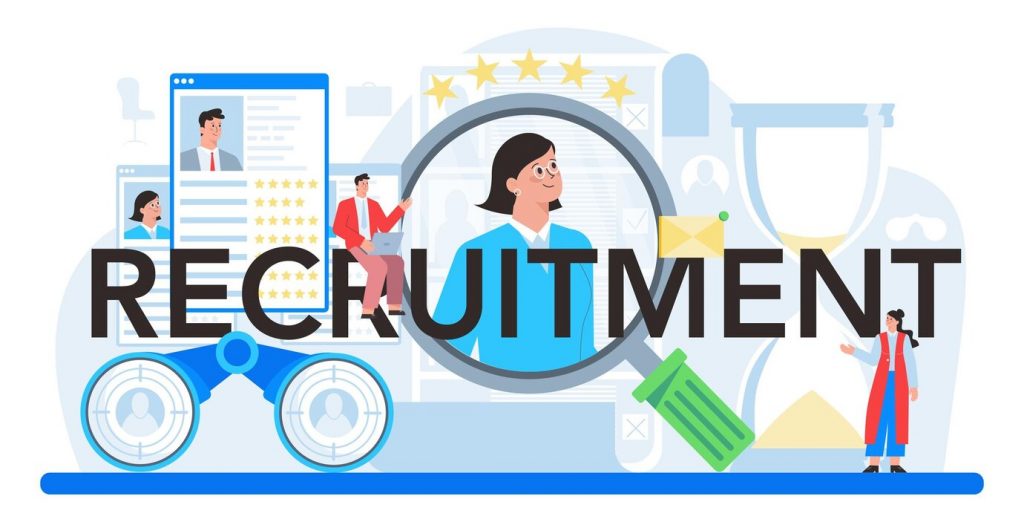Introduction
The glass ceiling remains a persistent barrier in the workplace, limiting career growth for women and underrepresented groups. Despite progress in workplace diversity, invisible barriers still prevent many from reaching senior leadership roles. A 2023 report by McKinsey & Company found that only 10% of Fortune 500 CEOs are women, while racial and ethnic minorities occupy less than 20% of executive leadership positions.
Addressing the glass ceiling in the workplace is not just an ethical imperative—it directly impacts business success. Research from Boston Consulting Group (BCG) shows that companies with above-average diversity in leadership generate 19% more revenue from innovation compared to less diverse competitors.
This blog will explore the signs of the glass ceiling, its impact on businesses and employees, and actionable strategies to break this barrier.
Also Read: Common Challenges in Implementing IaaS and Effective Solutions
Signs of the Glass Ceiling
The glass ceiling effect is not always immediately visible, but certain patterns indicate systemic barriers that hinder career advancement. Recognizing these signs is the first step toward meaningful change.
Lack of Representation in Leadership Roles
A clear indicator of the glass ceiling is the underrepresentation of women and minorities in executive roles. Despite women making up 47% of the workforce in the U.S., they hold only 25% of C-suite positions, according to a 2023 Lean In and McKinsey report.
For example, in the tech industry, women account for only 16% of senior leadership positions, and racial minorities fare even worse. This lack of representation reinforces the perception that leadership is inaccessible to certain groups.
Disparities in Promotions and Career Advancement
Many employees find themselves stalled at mid-management levels while their male or majority-group colleagues advance faster. Research from Harvard Business Review found that women are promoted at a rate 15% lower than men, even when performance ratings are identical.
Also Read: Interview as a Service vs. In-House Recruiters: What to Choose or Find Out Why?
Gender and Racial Pay Gaps
Unequal pay is one of the most measurable signs of the glass ceiling in the workplace. According to the Pew Research Center, in 2023, women earned 82 cents for every dollar earned by men in the U.S., with an even wider gap for Black and Latina women. Similarly, minority groups often face lower wages compared to their white counterparts with the same qualifications.
Limited Access to Mentorship and Networking
Mentorship and sponsorship are key drivers of career success, yet women and minorities often lack access to influential networks. A Catalyst survey found that only 36% of women reported having a senior-level sponsor, compared to 50% of men. Without strong mentorship, employees struggle to navigate career growth effectively.
Stereotypes and Bias in Performance Evaluations
Bias in performance reviews reinforces the glass ceiling effect. Studies show that women and minority employees receive more subjective feedback, with phrases like “lacks confidence” or “needs to be more assertive,” while men receive concrete feedback tied to skills and achievements. These biases impact promotion decisions and career trajectories.
Also Read: Integrating IaaS with Job Portals: The Future of Recruitment
Impact of the Glass Ceiling
The glass ceiling impact extends beyond individuals—it affects organizational success, workplace culture, and economic growth.
Effects on Employee Morale and Job Satisfaction
Employees who encounter the glass ceiling problems often experience lower job satisfaction and engagement. A 2022 Gallup study found that workplaces with perceived bias and limited advancement opportunities have 30% lower employee engagement.
Consequences for Organizational Culture and Diversity
A lack of diversity in leadership stifles innovation. Research from Deloitte shows that companies with diverse leadership teams outperform competitors by 35%. Organizations that fail to address the glass ceiling in the workplace risk losing talent and falling behind in innovation.
Also Read: Interview as a Service vs. Video Interview Platforms: Key Differences
Economic Implications for Businesses and the Workforce
The impact of the glass ceiling also translates into financial loss. A World Economic Forum report estimates that gender and racial inequality in the workforce costs the global economy $12 trillion annually. By breaking the glass ceiling, companies can unlock untapped potential and drive economic growth.
Long-Term Effects on Talent Retention and Recruitment
When employees see limited growth opportunities, they leave. A LinkedIn survey found that employees are 45% more likely to leave a company where they see no career advancement for people like them. Companies with a reputation for breaking the glass ceiling attract and retain top talent.
Also Read: Best Interview as a Service Platform in 2025 – JobTwine
How to Address the Glass Ceiling in the Workplace
Organizations must take proactive measures to remove barriers and create equal opportunities. Here’s how:
1. Implement Equitable Hiring and Promotion Practices
- Use structured hiring processes with blind resume reviews to eliminate unconscious bias.
- Set diversity targets for leadership roles and track progress.
- Require diverse interview panels to ensure fair candidate evaluation.
2. Establish Mentorship and Sponsorship Programs
- Formal mentorship programs help underrepresented employees gain visibility and career guidance.
- Sponsorship initiatives encourage senior leaders to actively promote diverse talent for leadership roles.
- Companies like Goldman Sachs and Google have implemented sponsorship programs that significantly increased the promotion rates of women and minorities.
Also Read: How Interview as a Service Handles Technical Assessments?
3. Provide Diversity and Inclusion Training
- Bias awareness training for hiring managers and executives ensures fair decision-making.
- Inclusive leadership development equips managers to support diverse teams effectively.
4. Encourage Open Dialogue About Biases and Barriers
- Implement employee resource groups (ERGs) where underrepresented employees can voice concerns.
- Regularly survey employees on workplace inclusion and act on feedback.
- Foster a culture where employees feel safe discussing challenges without fear of retaliation.
5. Measure Progress and Hold Leadership Accountable
- Companies should track diversity metrics in hiring, promotions, and pay equity.
- Public diversity reports increase transparency and accountability.
- Link executive bonuses and performance evaluations to diversity goals.
Companies like Salesforce and Unilever have adopted diversity scorecards, leading to measurable improvements in leadership diversity.
Also Read: How Interview as a Service Integrates with ATS & HRIS for Better Hiring
Conclusion
The glass ceiling effect continues to be a major barrier to workplace equality, but its impact can be reversed through strategic, data-driven actions. Companies that actively dismantle barriers, promote fair hiring, and create inclusive cultures will benefit from higher innovation, improved employee morale, and stronger financial performance.
Now is the time for organizations to take action. Whether through mentorship programs, fair hiring practices, or leadership accountability, every effort counts in building a workplace where talent can thrive—regardless of gender, race, or background.
Frequently Asked Questions:
1. What is the glass ceiling effect in the workplace?
The glass ceiling effect refers to invisible barriers that prevent women and minorities from advancing into senior leadership roles, despite having the qualifications and experience.
2. What are common glass ceiling examples?
Examples include disproportionately low numbers of women and minorities in executive roles, unequal pay, fewer promotions, and limited access to mentorship or sponsorship opportunities.
3. How does the glass ceiling impact businesses?
It leads to lower employee morale, reduced diversity in leadership, economic losses, and higher turnover rates, all of which negatively impact business performance.
4. What are some ways to break the glass ceiling?
Companies can implement fair hiring practices, offer mentorship programs, provide diversity training, and hold leadership accountable for diversity goals.
5. Why is addressing the glass ceiling important?
Breaking the glass ceiling creates a more equitable, innovative, and financially successful workplace, benefiting both individuals and organizations.




